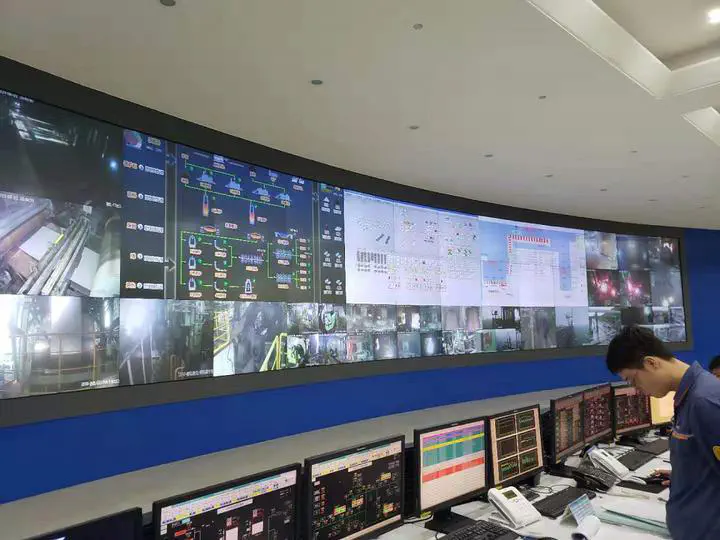Air Compressor Station Operation Optimization System Successfully Commissioned at Steel Plant

Our laboratory has successfully launched the air compressor station operation optimization system independently developed for Baosteel Zhanjiang!
Our laboratory, in collaboration with Beijing Digital Technology Co., Ltd., has successfully launched the air compressor station operation optimization system at Baosteel Zhanjiang Steel Plant, and it has been successfully integrated into production operations.
Engineer Jin Bihui, who is responsible for the project implementation, introduced that the system aims to optimize the operation process, improve production efficiency, and achieve energy conservation and emission reduction. It is well known that the steel industry is a traditional high energy consumer. To reduce unnecessary gas release from air compressors during steel production, we designed an air compressor operation optimization system based on big data concepts, according to the performance parameters of air compressors. Our system, relying on big data methods, mainly achieves two important functions. First, it models the flow data collected from user measurement points and estimates the user’s subsequent usage based on the model. Second, it analyzes the output flow of the air compressor station according to the user’s flow size, combined with the performance parameter diagram of the air compressor and the real-time operating status of the air compressor station collected, to calculate the set pressure for each air compressor in all air compressor stations.
The system has been successfully launched and has achieved good results. According to statistics from the factory personnel, since the system went online, the energy-saving efficiency of the entire air compressor system has reached approximately 5%. Additionally, for the “user usage estimation” module, the prediction error has been reduced to below 7%, and this error rate is expected to decrease further with subsequent adjustments.